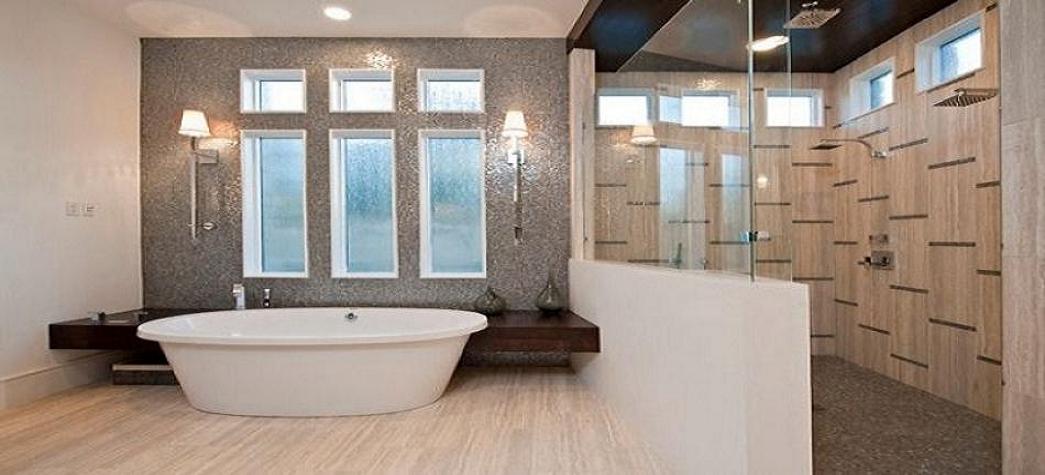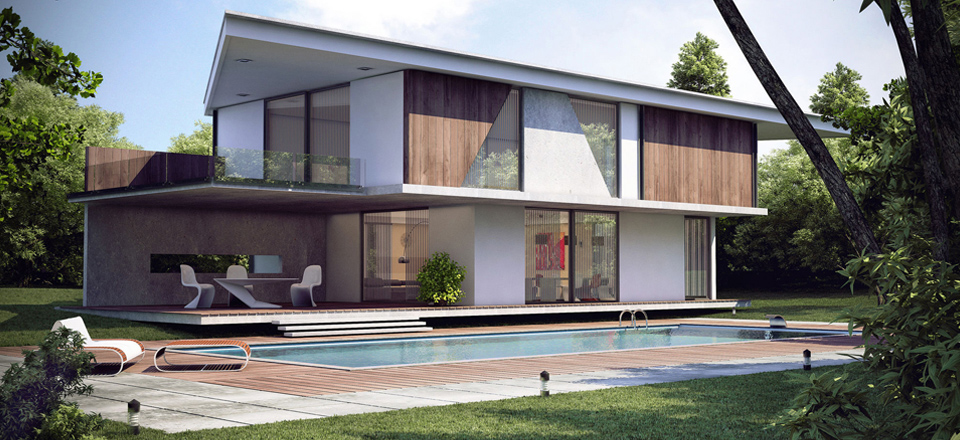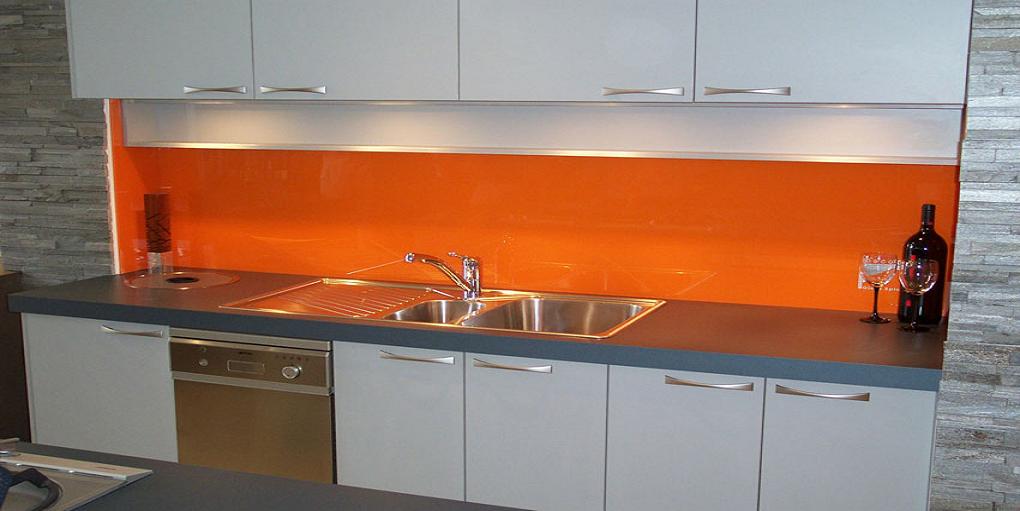How does the thickness of the chamber affect thermal insulation?
The thermal transmittance (value U) has an inverse relationship with the thickness. By increasing this, radiation transmission decreases, so the U-value decreases. This is valid up to a chamber thickness of 15-18mm, from which the air currents that create inside it increase the energy transmission.
How to select the thickness of the chamber in a double glass unit?
Regardless of the incidence of the thickness of the chamber in the U-value (see previous note), this should be related to the thickness of the glasses, the dimensions and area thereof, to ensure a minimum separation between glasses, at all times.
What is the advantage of using cover glasses?
They allow for better lighting and energy control, resulting in greater comfort and savings. Basically, solar control (energy reflectance), low emissivity (reduce transmission / energy losses) and high performance or selective both functions. To achieve the low emissive effect, these glasses must always be incorporated in a double glass unit.
Why are advertising information with "U" values in Kcal / m² ° C and in other cases in W / m² ° K?
It can only obey the interest of that, as the value in Kcal. is lower than the value in W, it appears superior when it is not. The European Standards consider the value U (equivalence of value K) in W / m² K.
Is it true that a low emissivity glass provides more freshness in the summer and more heat in the winter?
A low-emissivity glass by itself, does not provide more heat in the winter or more freshness in summer. Its main function is to prevent the energy generated in the interior (whether of cold and / or heat) if it "escapes" to the outside , thus achieving lower energy consumption and thus an economic saving.
Does the position of the glass matter in a double glass unit?
In the case of incorporating cover glasses (solar control, low emissivity, etc.) and although there are generally not large differences, the best performances are achieved with the proper position and in no case can the cover be exposed to the exterior of the unit. double glass. It should also be taken into account if the double-glazed unit incorporates safety glass (laminated or tempered).
How do you avoid condensation?
Condensation is a physical phenomenon that depends on the existing ambient humidity and the temperature of the glass, therefore, the circumstances can always be given to it to occur. In any case, to reduce the risk, one can resort to the use of low glass emissivents that cause the inner glass of the double glass unit to remain at higher temperatures. This is only possible with double or triple glass systems.
How to check that the cover is well present on one of the glass?
The presence of the cover can be visually checked by observing the four images of the flame of a lighter reflected on the glass: the color of the image reflected by the cover is different from the others 3.
What is the interest of Argon Gas? How to check the presence of Argon Gas? What is the life span of Argon Gas?
Argon gas appreciably improves the thermal performance of a double pane compared to air, particularly with low emissive glasses. Only the marking allows to check the filling of Argon Gas. Measurements of glass after 10 years of installation showed values of gas loss of less than 1%. Glass is generally considered to lose less than 5% gas during 25 years of installation in a building.
VIDUPLO® | Does GLASS PLUS make sense for installation?
Thermal performances are identical regardless of the installation direction. However, other functions can determine the direction of installation, such as solar control or intrusion protection.
VIDUPLO® double glazing | GLASS PLUS are more expensive than a classic double glass?
The price difference amounts to about 30%. Knowing that the annual economy realized in heating energy (fuel) is on average 4.4W / m² of glass. This means that this additional cost is amortized over 2 to 3 years. The following years are therefore pure benefit!
Outdoor condensation with VIDUPLO® | GLASS PLUS is normal?
This phenomenon occurs at night or at dawn on double glass with high thermal performance and essentially on nights without clouds and without wind. Under these conditions, under the effect of significant radiation to the celestial dome and the low thermal losses through the glasses, the temperature of the glass can drop below the outside temperature causing condensation. this will manifest itself first in the center of the glass and can extend to the entire surface. In conclusion, condensation on the outer face of a double pane is a phenomenon that can never be completely eliminated. this phenomenon occurs only under certain special conditions and constitutes evidence of the performance of insulation of glass.
Is a thicker glass more insulating?
No, the thickness of the glass has no influence on the insulation performances. In contrast, the thickness of the air chamber or argon of the double glass improves the insulation of this one. Thus, a 15mm chamber of argon will insulate better than a 12mm chamber (U value less than 0.3 W / m² K). However, this feature has practical limits and is more advantageous if it opts for an emissive low cover glass than exaggeratingly increasing the thickness of the chamber with argon. A double glass VIDUPLO® | GLASS PLUS that consists of a 12mm or 15mm camera offers good performance.
VIDUPLO® double glazing | GLASS PLUS benefit from the same 10-year warranty as classic double glazing?
Yes, the warranty is the same.
Seen from outside the appearance of double glazing VIDUPLO® | Is GLASS PLUS different from simple glasses or classic double glazing?
There is difference, however it is small and noticeable by few people. It can happen on façades, for example, that they are perceptible in a more pronounced way.
Difference between VIDUPLO® | GLASS PLUS and VIDUPLO® | GLASS PLUS S?
VIDUPLO® | GLASS PLUS is a high-performance double glass offering enhanced thermal insulation.
VIDUPLO® | GLASS PLUS S offers the same thermal insulation but also allows controlling solar gains.
Does the position of the cover (face 2 or face 3) on the double glass matter?
For VIDUPLO® | GLASS PLUS, the cover position does not matter about the performance of double glazing. However, on the same facade, it is important to install the double glazing with the cover on the same face. In contrast, the VIDUPLO® | GLASS PLUS S is always positioned on face 2 to obtain the performances mentioned in the documentation VIDUPLO® | GLASS.
When is it necessary to temper a glass?
A glass with a high energy absorption index under sun exposure can reach high temperatures. If the heating is not uniform - which usually occurs the differences in the dilation can break the glass. Tempered glass admits greater thermal differences between nearby points, so it is a guarantee against this phenomenon, which must be taken into account when the absorption exceeds 40%. The polishing of the edges of the glass reduces the risk, while the situation of partial shadows on the glass, existence of curtains nearby, labels, blind areas, currents of cold air, etc. are situations that empower you.
Contact us to request technical support on the subject.


